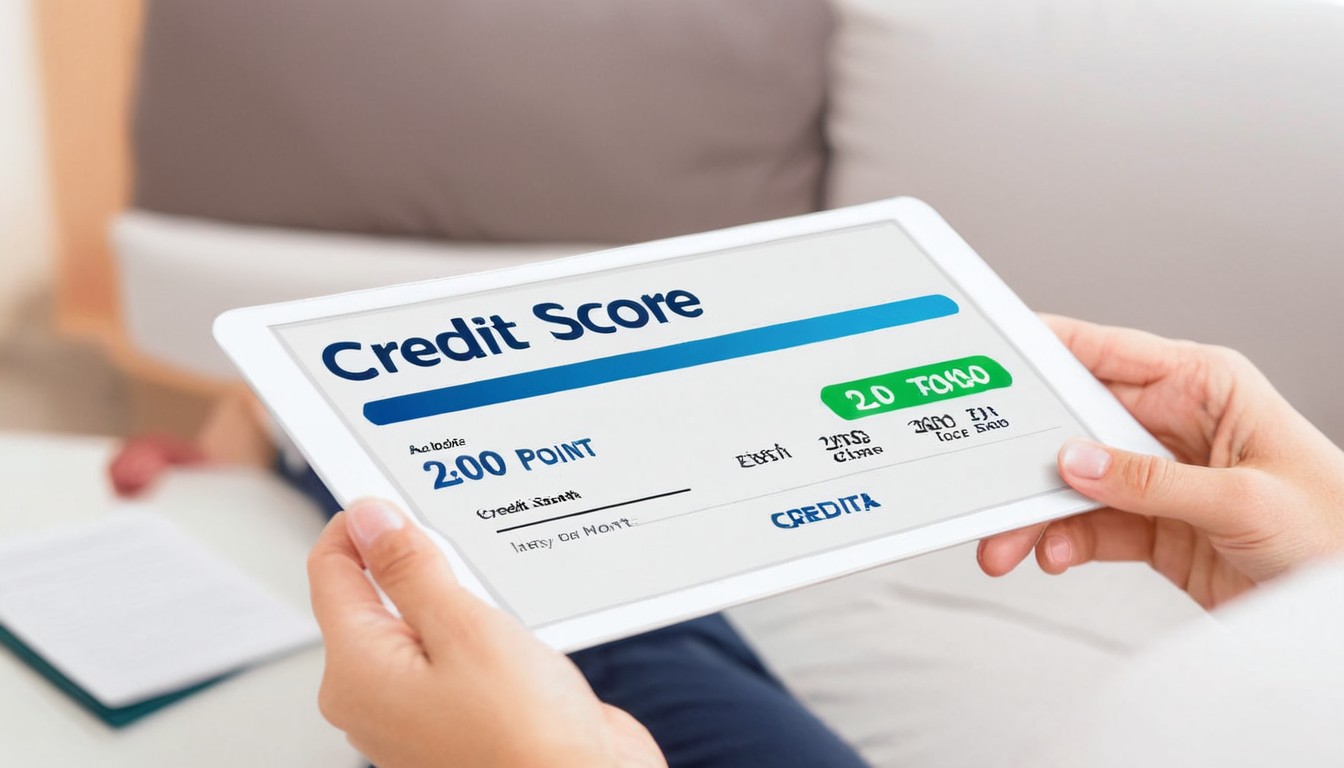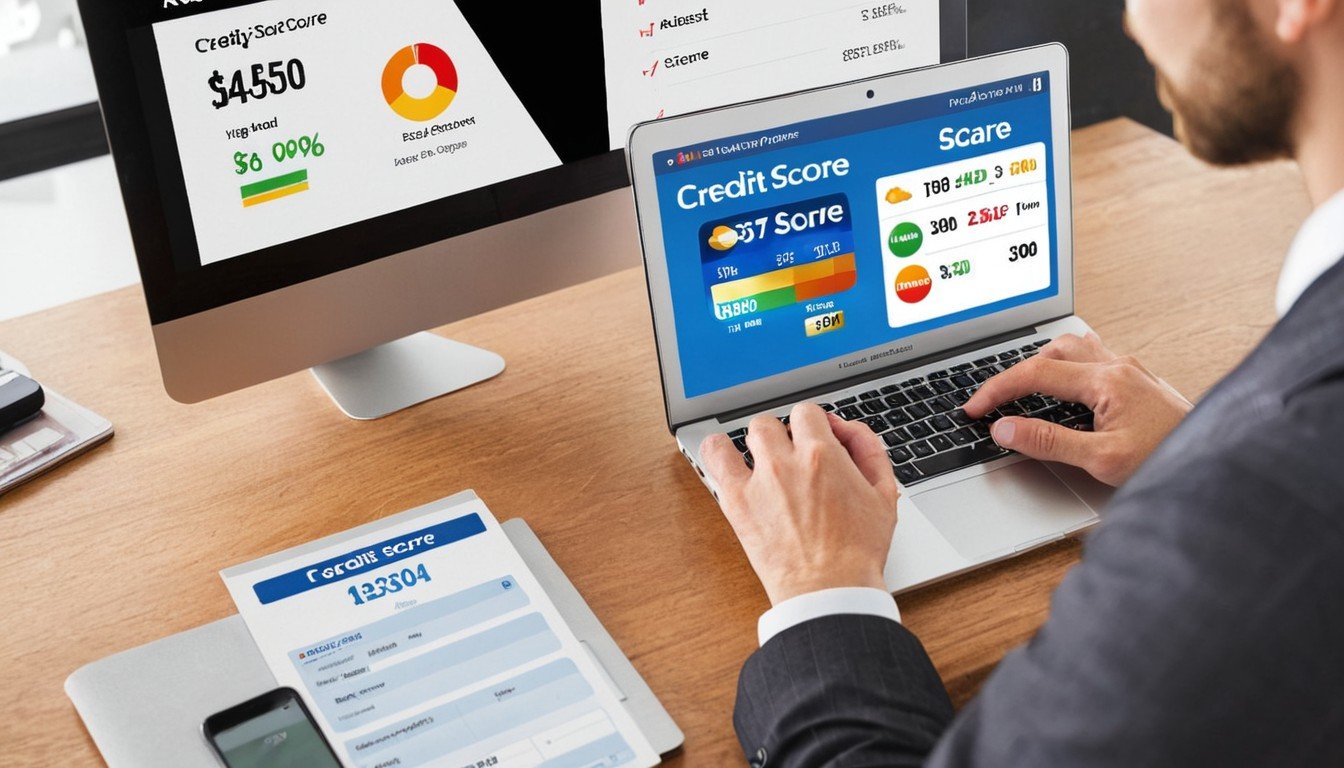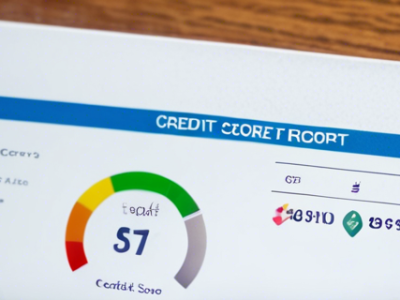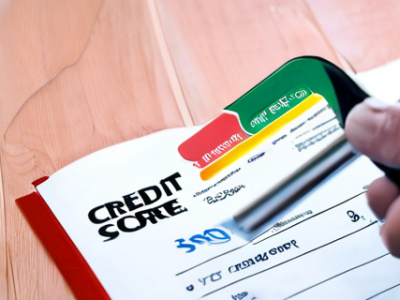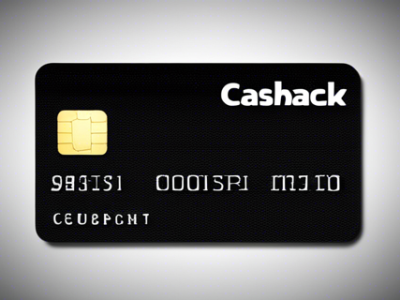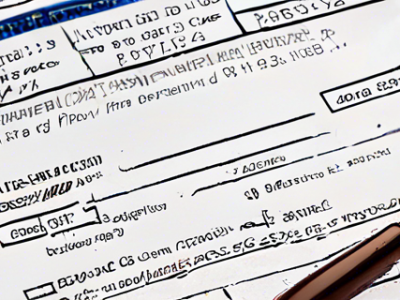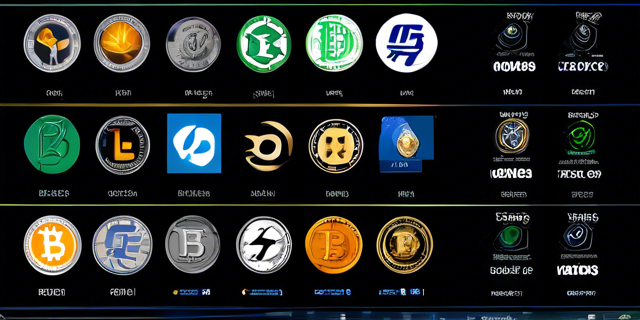How to Raise Your Credit Score 200 Points in 6 Months

How to Raise Your Credit Score 200 Points in 6 Months
A credit score 200 points lower than it should be can cost you thousands on high interest rates and lost financial opportunities. Thankfully, with focused effort in the right score building areas over a 6 month period, you can make tremendous strides even from a bad credit situation. Implementing both fast score boosting tricks along with long-term credit management best practices lets you unlock better rates and terms so you keep more money in your pocket.
Obtain Your Credit Reports

How to Raise Your Credit Score 200 Points in 6 Months
The first step on your credit raising journey involves checking your Equifax, Experian and TransUnion credit reports to understand where your scores currently stand across bureaus along with the full picture of your credit history’s hits and misses. You can access these for free without impacting your scores at annualcreditreport.com. Make note of any errors to dispute later and tally rough totals of late payments, collections and other negative items. This gives you an idea of how deep a hole you need to dig out from.
Monitor All 3 Bureau Scores
Don’t assume one bureau’s score represents the others. Lenders all use different bureau data, so track TransUnion, Equifax and Experian FICO or Vantage Scores separately to measure progress clearing up each report’s unique blemishes. Free score services from Credit Karma or Experian’s smartphone app allow ongoing access without hurting your scores.
Study Score Factors
Along with your scores, your credit reports list key factors impacting you most from payment history to credit age. Identify your weakest areas to turn your attention there first. Knocking down negatives dragging you down gives the biggest bang for buck.
Pay Down Balances

How to Raise Your Credit Score 200 Points in 6 Months
Reducing sky high credit card and revolving credit balances can quickly lift scores 50 points or more by improving this key utilization metric that accounts for 30% of your rating.
List All Cards and Balances
Make a list of every open credit card and account along with balances owed, credit limits and interest rates. This total utilization snapshot allows you to create a focused paydown plan targeting cards closest to maxing out first.
Strategically Direct Payments
Based on your balances breakdown, direct as much money as possible monthly toward paying down the accounts closest to 90% or more of the limit first, while paying minimums on the rest. As you free up credit room under limits, your utilization metric lifts.
Transfer High Rate Balances
Consider shifting particularly large credit card balances from high interest rate cards to introductory 0% balance transfer cards if you qualify, allowing much bigger share of payments to dent principal balances first 6-12 months without accruing new interest. Watch for balance transfer fees.
Increase Credit Limits
If your maxed out cards won’t approve you for enough of a credit line increase on their own to make an impact, call the issuer’s reconsideration line to request an exception review. Provide any documentation needed to get approved for higher limits and utilization room.
Automate Finances
Delinquencies and late payments on debt drain scores severely, making setting up automatic payments from your checking account vital to both raising scores and avoiding costly fees or other credit damage.
Schedule Auto Pay Minimums
At the very least, log into lender sites to enroll in free automated monthly payments of at least the minimum amount due on all credit cards, loans, cable bills etc from your bank account. Building an on-time payment record raises that key history factor immensely.
Pay Down And Auto Rest
To direct even more toward rapidly paying down balances while avoiding late payments if you come up short one month, pay cards down aggressively at first but leave $5-10 above the minimum. Auto pay the MINIMUM as your safety net if money gets tight occasionally.
Explore Budget Billing
Contact utility providers and telecoms to ask about enrolling in budget billing plans that set the same flat dollar amount due each month. This simplifies financial planning around covering recurring fixed expenses impacting your credit score checklists.
Deal with Collections
Unpaid debts that wind up in collections severely weigh down credit scores for years until finally falling off reports after the legal time limits pass. Addressing current collections can lead to removal of associated negative marks.
Validate Account Details
Immediately after spotting collection accounts appear on your reports, contact the agency to validate the accuracy of details like the creditor’s name, your name and address, amount owed etc. Dispute and request removal of inaccurate or fraudulent entries with credit bureaus.
Attempt Good Faith Payments
See if collection agents will agree to remove related credit dings if you pay a portion of debts. Get any “Pay-for-Delete” offers in writing detailing removal terms before sending payment or checking will show as “settled” instead of paid.
Wait Out Older Accounts
Very old collections closer to falling off reports may best be left alone at this point rather than paying or risk re-aging the negative status. New payments can reset the 7 year reporting clock all over again if arrangements don’t satisfy regulators.
Become an Authorized User
Having open credit accounts in good standing even without responsibility for the charges or repayment can build up the length your credit history. Ask relatives or friends with solid payment histories to add you as an authorized user on their oldest credit cards. Their good standing reflects on your history.
Screen for Upside Potential
To maximize score benefit, the ideal authorized user issuing accounts opened at least 10 years ago, maintain very low balances relative to limits, with perfect payment records. Avoid associating with cards currently behind on payments or other financial issues.
Prevent Unauthorized Charges
Make sure the issuing primary cardholder removes your ability to charge balances you won’t take responsibility for repaying. Retain the positive history aspects without getting hit with bills you didn’t initate.
Remove When No Longer Needed
After about 6 months of positive history from an authorized card starts to lift your actual own accounts’ longevity, you can request to remove your authorized association without eliminating the accrued history benefit during that time.
Open New Credit Strategically
Balancing the need to establish or rebuild credit history profiles with the scoring risk of credit checks or young average age is tricky. Open new accounts slowly and only if needed.
Start With Secured Card
Those needing to start from scratch should apply for an affordable security deposit-backed card from providers like CapitalOne, Discover or local credit unions. After 6 months to a year of diligent payments, product change or apply for unsecured cards.
Piggyback If Possible
Funding security deposits can be difficult when finances are tight. Consider socially piggybacking instead by becoming an authorized user on a trusted friend or family member’s existing account in good standing to quickly build history.
Research Thoroughly
When the time comes for your own unsecured card, limit applications to 2-3 over 6 months. Thoroughly compare offers from multiple competing providers for the best all around incentives, rates and features meeting your needs.
Graduate From Subprime
Many score rebuilding programs involve very high interest subprime credit cards as an early step to prove responsibility. After consistently making payments on time for 6 months, request a product change to a lower cost card from the same provider to avoid another credit check.
Dispute Credit Report Errors
Incorrect or unverified information dragging down your scores should be challenged with each credit bureau as inaccuracies alone contribute to a large share of credit denials.
Search Line By Line
Very carefully go through every single line item across all sections of your reports searching for accounts that don’t belong to you, missed payments reported during times you paid on time according to records, and other discrepancies large and small.
Initiate Investigations
Formally dispute suspicious entries with each bureau by mail, online or over the phone. Provide as much documentation as possible. The agencies must verify questionable items through their reinvestigation process or resolve the dispute often by deleting the reporting altogether.
Try Credit Repair Companies
Some reputable credit repair companies like Lexington Law specialize in not only spotting inaccuracies but formally registering disputes and following up persistently until they get removed by the bureaus. Their experts identify often overlooked report issues.
Pay Down Debt and Increase Savings
Reducing the balances carried on loans and credit accounts each month prevents ongoing perpetuation of high utilization rates undermining scores. Building savings allows you to rely less on debt.
List Debts by Interest Rate
To optimize payoff order, list student loans, mortgages, credit cards, personal loans etc by interest rate descending from highest to lowest. Pay set monthly amounts toward wiping out debts with higher rates first.
Shift Focus As Balances Drop
As higher interest balances get eliminated, redirect amounts formerly going toward since-paid-off loans down the list to the next highest still carrying debt. Repeat focusing on the worst debts first until becoming debt free.
Build Emergency Savings
While paying down balances, direct any extra money toward building emergency cash reserves. Having at least 6 months
of living expenses saved up reduces chances of having to rely on credit again anytime financial disruptions strike, saving interest and preserving score progress.
Develop Healthy Credit Habits
Cultivating disciplined credit management habits long-term ensures your scores stay in good standing well after initial improvements. Consistently applied best practices prevent most dings and provide stability markers to potential lenders.
Always Pay By Due Dates
Treat minimum payment due dates on credit accounts with deposits, medical bills, utilities etc as sacred commitments to uphold every single month without exception to develop positive history momentum and avoid derailments.
Maintain Low Card Utilization
Keep credit card balances well below 30% of overall limits on both individual cards and cumulative utilization to benefit that key credit factor with cushion room remaining before maxing out. Allowing at least 1 month with $0 balance periodically lets usage metrics fully reset, extending 0% statement cycles helps enormousl
Pursue Credit Limit Increases
Ongoisingly request higher credit limits from current card issuers after making at least 6 consecutive on-time payments. Higher limits without carrying commensurately higher balances directly reduces utilization ratios. Accepting increases mustn’t tempt you actually charge more or score progress reverses.
Mix in Installment Loans
Work an affordable auto loan, mortgage, personal installment loan etc into the credit mix alongside revolving accounts. Managing different healthy loan types is rewarded in credit scoring models as positive diversity. Just keep balances reasonable and payments on time.
Conclusion
With concentrated effort directed toward paying down balances, disputing errors, setting up automated payments, strategically opening new accounts and instilling enduring healthy habits, you position yourself to raise credit scores as much as 200 points in 6 months. Check reports frequently, address drag areas, cultivate stability markers and you’ll hit your target!
Frequently Asked Questions
How can I quickly increase my credit score from 500?
The fastest ways to increase your credit score from 500 include becoming an authorized user on old accounts in good standing to build history, paying down credit card balances dramatically to lower utilization, enrolling bills in autopay to prevent missed payments, and opening a new secured card for 6 months of perfect payments.
What FICO score do lenders look for?
Most lenders view FICO scores of at least 670-700 as good credit, and set lending criteria based on tiers – scores above roughly 720 get better rates on loans and credit cards compared to subprime borrowers below 580 FICO who pay the highest interest and fees or get declined altogether.
Can you raise a credit score 100 points in 6 months? Yes, raising your credit score 100 points in just 6 months is quite achievable through diligently addressing utilization rate by paying down balances, increasing credit limits, disputing and fixing credit report errors, becoming an authorized user on longtime family/friend accounts, and aggressively building positive payment history through automated payments. Monitor progress weekly.
Does paying off all debt increase credit score? Paying off credit card, loan and other outstanding balances completely typically lifts your credit scores significantly over time as it lowers your revolving credit utilization percentage and eliminates interest charges cutting into affordable payment potential. Just avoid closing the paid off accounts soon after or average age falls.
What is the fastest way to raise credit score in 30 days? The absolute fastest options for raising credit scores in 30 days involve fixing erroneous information on credit reports through disputes leading to removal, becoming authorized users of long positive history accounts belonging to family members, and rapidly paying down credit card balances to lower utilization below 30% through lump payments and balance transfers.

